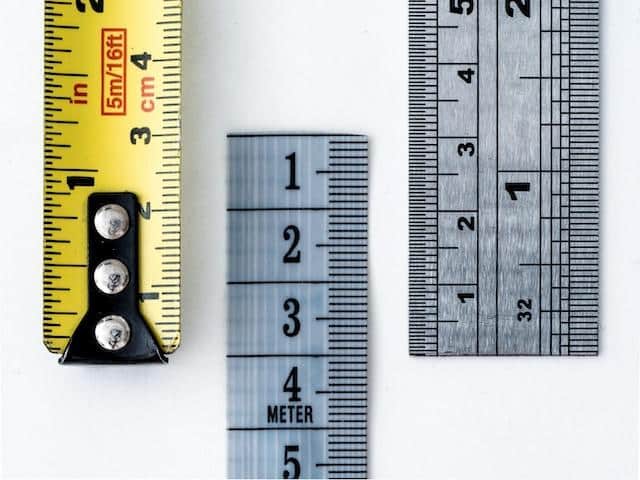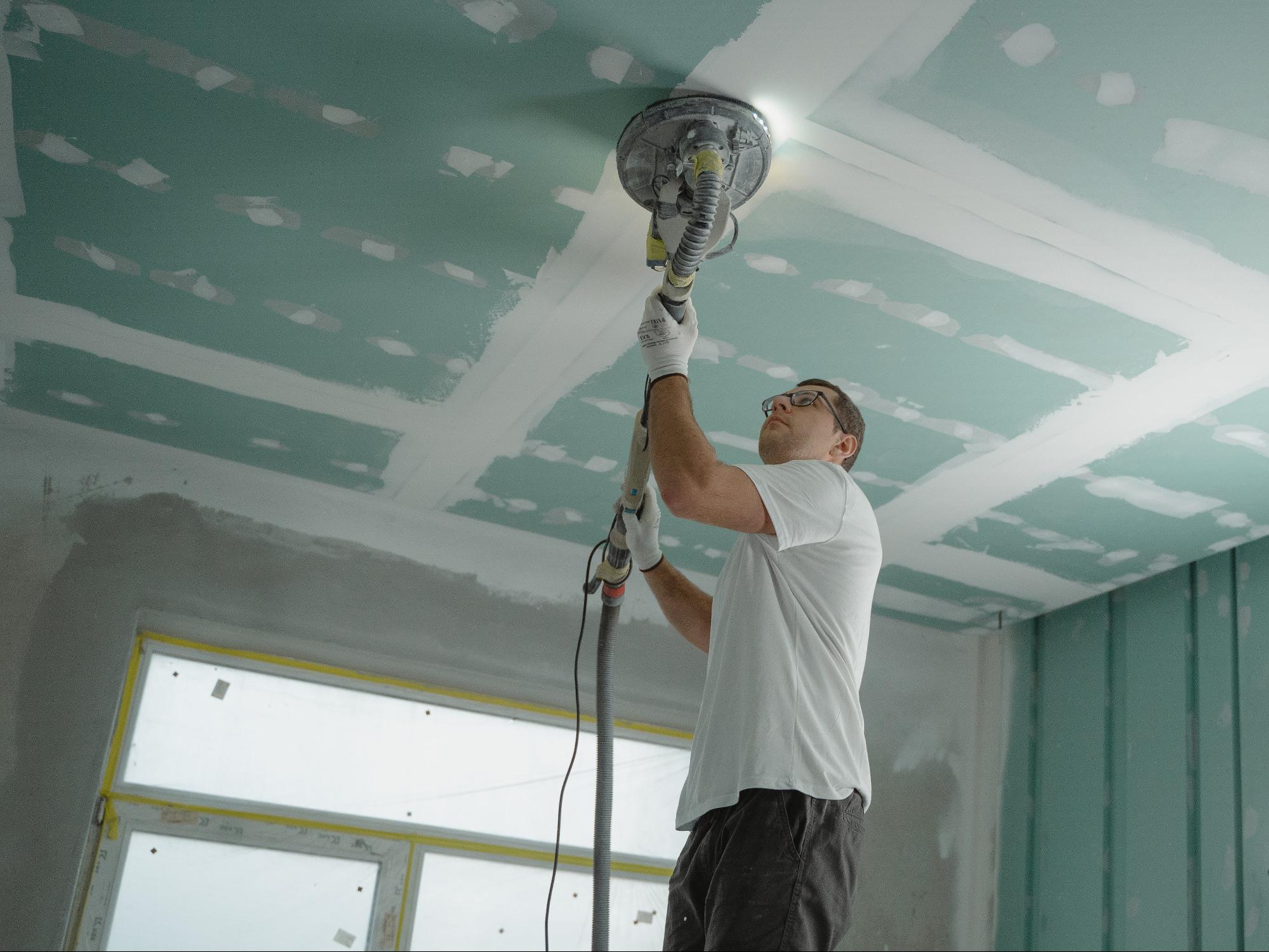How To Measure Your Home For Insulation
Coming home to a warm and pleasant living area is the best feeling with the changing seasons and varying temperatures. Your house has to be properly insulated in order to be comfortable all year round. It not only helps maintain a comfortable environment, but it also lessens energy use and utility costs. You’ve come to the correct site if you’ve been wondering how to measure the insulation in your home. We’ll lead you through the necessary procedures in this tutorial to precisely estimate your insulation needs and create a cozy, energy-efficient atmosphere in your living area.
The Importance of Home Insulation
Let’s first examine the importance of house insulation before moving on to the measurement technique. Insulation serves as a barrier of defense against changes in outside temperature. It prevents excessive heat from entering your home in the summer and keeps the cold out in the winter. Without sufficient insulation, you can face unpleasant drafts, unreliable indoor temperatures, and higher energy costs since your heating and cooling systems will have to work harder. Your comfort and financial situation might drastically change if your house is properly insulated.
Identifying Current Insulation
Identify the current insulation in your home before you start measuring. Materials for insulation, such as fiberglass, cellulose, or foam, may vary depending on the location. Take note of the kind and state of the insulation in your basement, walls, floors, and attic. You may determine where improvements might be necessary and which areas demand the greatest attention by evaluating the current insulation.
Measuring Attic Insulation
As it frequently loses or gains the most heat, the attic is one of the spaces that need the greatest insulation. Find the entry point to your attic and climb up with a tape measure to begin measuring the insulation there. The insulation’s thickness or depth should be measured. For the majority of homes, the U.S. Department of Energy advises an attic insulation level between R-49 and R-60, or commonly 16 to 20 inches of fiberglass or cellulose insulation.
Calculating Wall and Floor Insulation
Since walls and floors are difficult to access, measuring insulation within them may be a little more difficult. You may determine the degree of insulation either by utilizing the R-value of the current insulation or by consulting a specialist. Additionally, take advantage of the chance to make sure the right insulation is done by using an insulation calculator before finishing the walls and flooring if you are renovating or building a new house. This will help you come up with the exact numbers and set up insulation that will truly protect your home.
A Properly Insulated Home Can Save Tons of Energy
The U.S. Department of Energy estimates that good insulation may reduce your home’s yearly heating and cooling expenditures by up to 15%. With an annual average decrease in CO2 emissions of 11,000 pounds, this results in a significant reduction in greenhouse gas emissions. Therefore, by checking the insulation in your house and making the required modifications, you’re not only improving your comfort and finances but also making the world a little bit greener and more sustainable.
Seeking Professional Assistance
While certain insulation measurements may be made on your own, it’s best to see a professional for a thorough analysis. To precisely determine your insulation needs and find thermal leaks, a professional home energy auditor may do a full check utilizing sophisticated equipment like infrared cameras. They’ll offer insightful commentary and suggest the home’s best insulating upgrades.
Investing in Comfort and Sustainability
Consistent indoor temperatures are ensured by good insulation, which also lowers energy use and, eventually, lowers utility costs. Whether you live in a cold or hot area, having enough insulation is a wise investment that pays you over time. Therefore, to make your house an energy-efficient and comfortable residence, take the time to evaluate the insulation in your home, identify areas that require work, and consider getting expert advice.
Final thoughts
A vital first step in establishing a cozy and sustainable living space is to measure the insulation in your home. Consistent indoor temperatures are made possible by adequate insulation, which also helps to save energy costs and lower utility bills overall. So take the time to assess the insulation in your house, spend money on high-quality supplies and expert installation, and enjoy the warmth and comfort of a well-insulated home.







